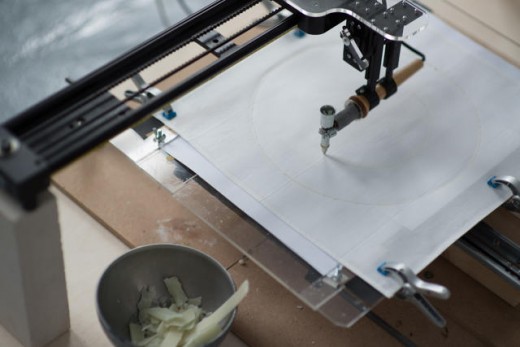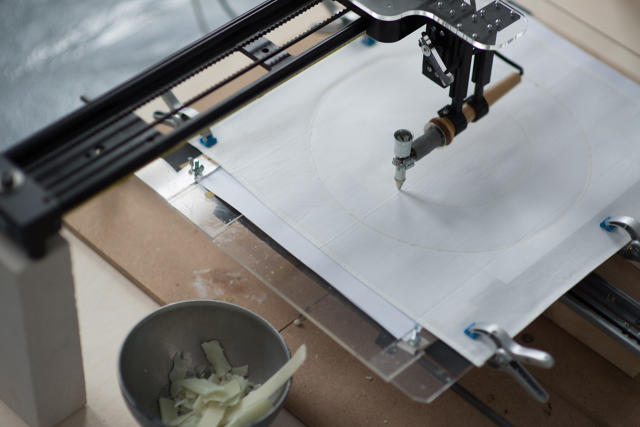The night time Sky Is Slowly altering–here is How it’ll seem In 100,000 Years
what’s going to stargazers of the longer term see?
January 13, 2016
the stars you and i see in the sky each evening are different than the patterns our far away ancestors saw. they’re also completely different than the patterns our distant descendants will see. because of a naturally-taking place wobble in the Earth’s axis—called a “precession”—the alignment of the celebrities in our evening sky alternate drastically every a couple of thousand years. A mission from the interactive design studio Tellart and the experimental design firm Droog shows us what future stargazers will see.
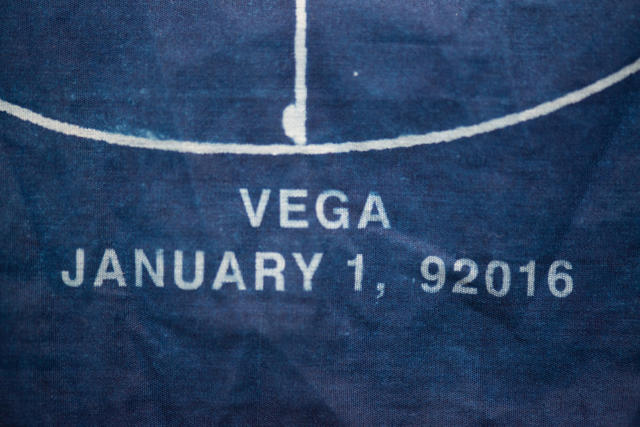
For Tellart co-founder Matt Cottam—whose ahead-thinking tasks embody Dubai’s Museum of the long run and the Google Chrome internet Lab—speculating about future applied sciences is a customary part of the day by day to-do record. but for 2 weeks beginning back in may just, Cottam was once engaged in an activity rooted firmly prior to now: he sailed from the Azores to Portsmouth, England, a 1,500-mile experience all over which he navigated with simplest a standard sextant, the celebs, and the solar.
It was once that celebrity-guided boat travel that led Cottam and his crew to embark on the studio’s newest project, a sequence of celestial maps entitled Deep Future. the usage of astrological knowledge from the open-source website Stellarium, the designers at Tellart created 10 prints that show the evolution of the night sky over the course of the following one hundred,000 years, in keeping with calculations of the Earth’s precession. Divided into 10,000 year increments, the prints map out the view of the sky from the North Pole on January 1.

to provide the maps, Tellart paired up with the designers at Droog to carry a four-day are living set up of the entire process in their Amsterdam house this earlier December. The staff constructed a robotic drawing laptop that translates the maps into beautiful, indigo-dyed fabric prints. even more impressive? The robotic’s methodology. It drips melted beeswax onto the fabric to render the maps—then, the the print is dipped in dye and the wax removed. The undyed constellations pop from the indigo historical past in clean, white traces (you can find the method within the video beneath).
whereas the method is cool, the outstanding factor about the mission is how so much the prints vary from one another. In 13,000 years from now, as an example, the constellations can have shifted a lot that our Northern celebrity, Polaris, will be replaced via the big name Vega. “We bring to mind the North star as this everlasting point of steerage, but it in reality adjustments,” Cottam says. “it is the same factor with the large dipper. one day, the big dipper is not going to appear to be a ladle in any respect.”
beginning on Wednesday, Tellart will auction off the prints to beef up a local Amsterdam food bank. check out photographs of the prints and process above, and to bid.
[All photos: via Tellart]
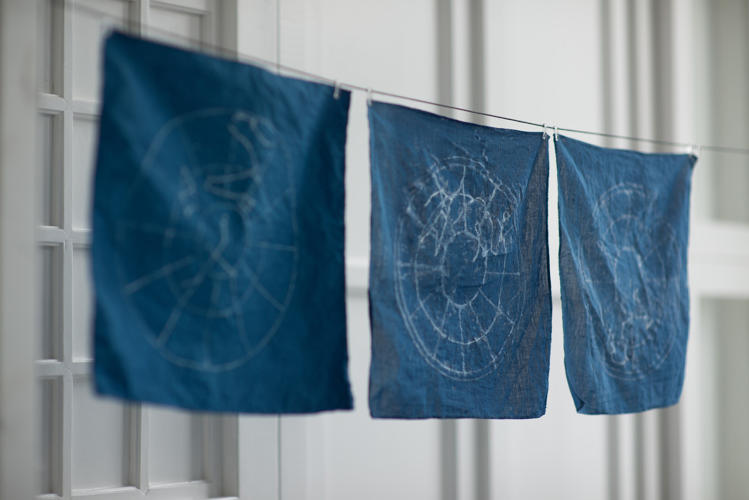

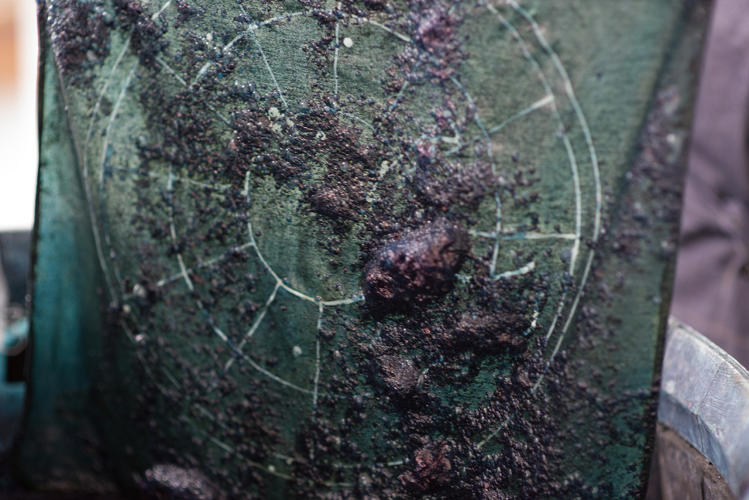


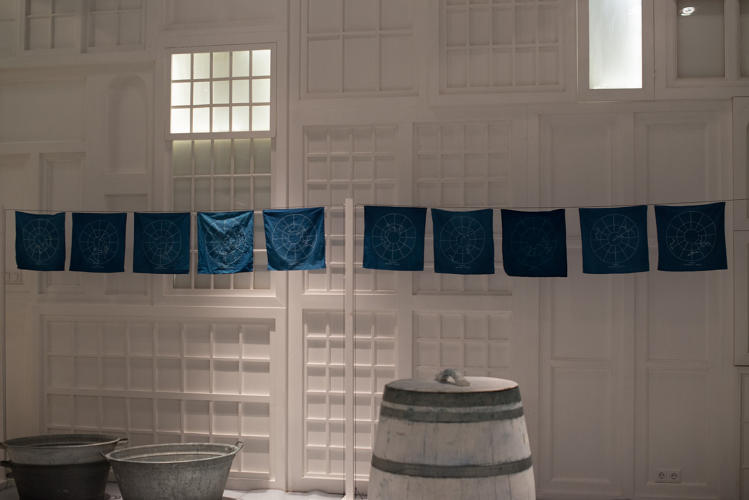


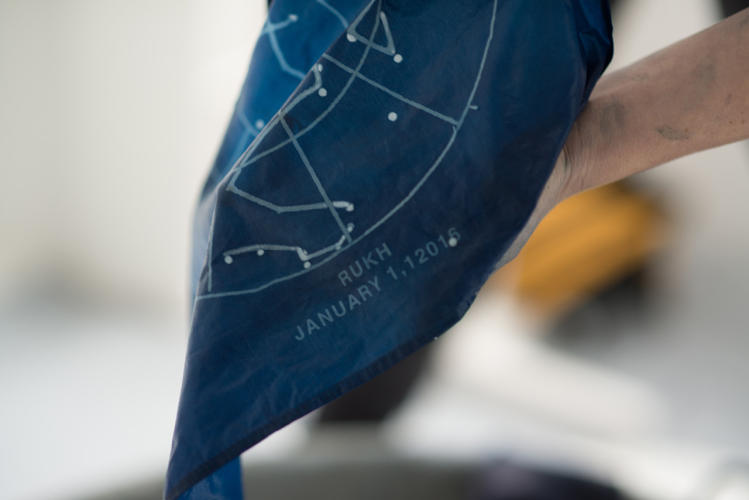


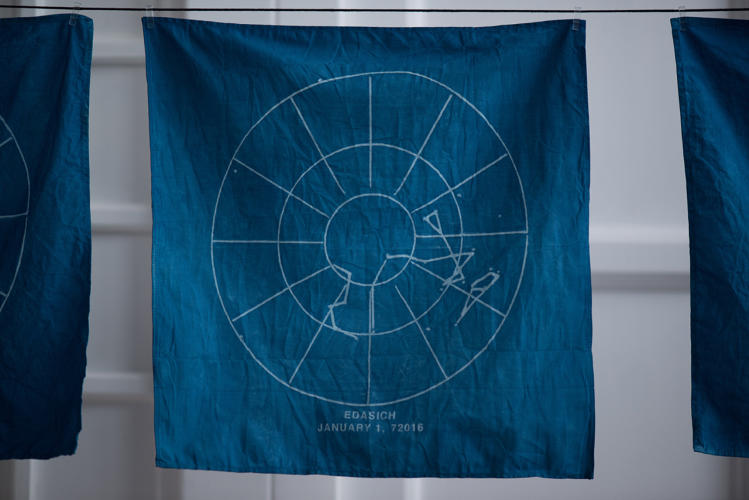
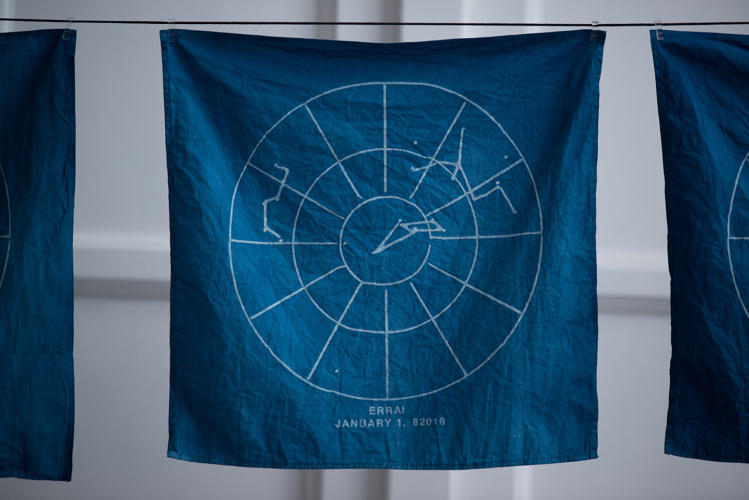
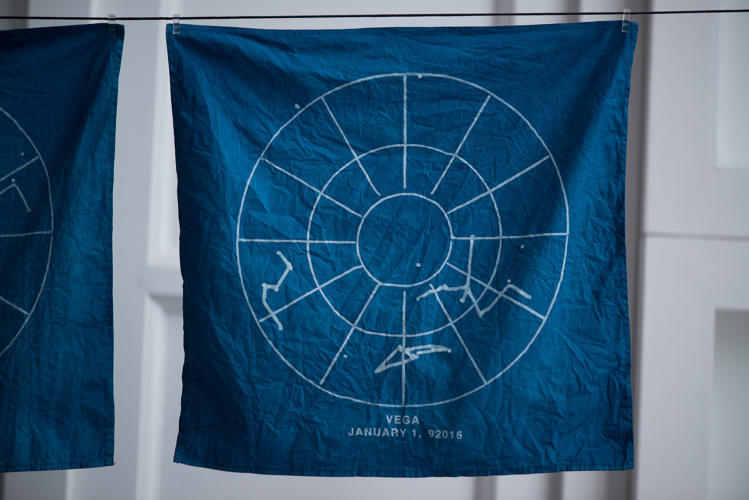


(21)

